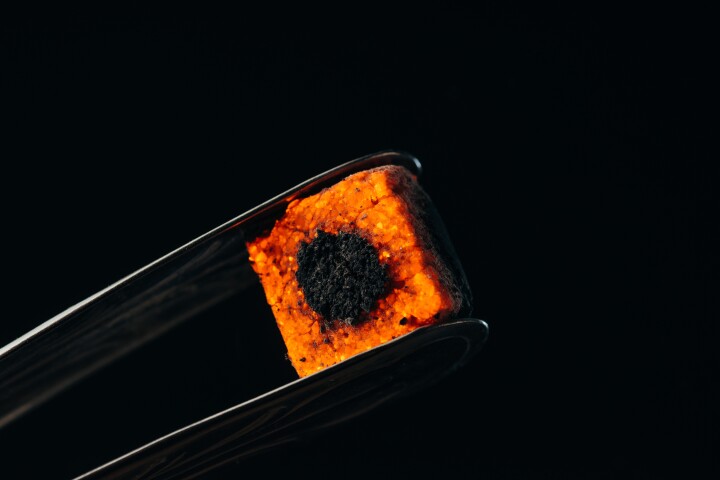Scientists have identified a potential antidote to one of the most poisonous mushrooms, the death cap. Using CRISPR, a team found that a chemical already approved by the FDA can neutralize the toxin and save lives in mouse tests – but there are a few catches.
In human settings, substances that can be poisonous need to be clearly labeled and carefully stored so people don’t accidentally ingest them – but nature doesn’t have such safeguards. Amanita phalloides, or the death cap, grows alongside and looks like some edible species of mushrooms, resulting in many accidental poisonings.
Initial symptoms are gastrointestinal and look like other forms of food poisoning – vomiting, diarrhea and nausea – before subsiding after a few days. More serious symptoms appear later, leading to liver and kidney failure with a high mortality rate. Currently there’s no antidote, but drastic measures like organ transplants can save lives.
Now, there may be new hope for treatment. Researchers at Sun Yat-sen University in China have identified the molecular target for the death cap’s key toxin, α-amanitin, and found a compound that can block it. Best of all, that compound is already in wide use in medical contexts.
The team started by using the CRISPR-Cas9 gene-editing technique to create cultures of human cells that each had a mutation in a different gene. Then, these cells were systematically exposed to α-amanitin, and the cultures that survive can help pinpoint specific genes and enzymes that the toxin works on.
Using this technique, the scientists homed in on a gene called STT3B. The enzyme it codes for plays a key role in adding sugar molecules to proteins, but cell cultures that lacked this gene were invulnerable to the toxin. It was concluded that α-amanitin requires this molecular pathway to enter cells, so blocking it prevents much of the damage. Previously, there had been no indication that STT3B was involved in the death cap’s toxicity.
Next, the researchers screened thousands of chemical compounds to find one that would block STT3B. This process led them to one called indocyanine green (ICG), a dye used in medical imaging. Sure enough, tests in human cells, liver organoids and live mice demonstrated that ICG could block the toxic effect. Around 50% of treated poisoned mice survived, compared to a 90% mortality rate for untreated poisoned mice.
The discovery of the mechanism for the toxicity as well as a way to block it is very promising, especially because the compound is already approved by the FDA and is in wide use. But there are a few caveats of course. For one, testing on humans will require people who have eaten death caps, meaning the scientists would have to wait for people to present to hospital.
But most problematic is that it might be too late by then. The team tested giving the antidote at different times after the mushrooms were ingested, and found that it worked much better if administered within one to four hours – but people don’t usually know they’ve been poisoned that quickly, showing up to a hospital after a few days.
Still, it’s an important step towards new treatments. And the CRISPR screening technique could be put to work finding other antidotes. Some of the same scientists have previously used the method to identify a drug candidate to counter the venom of box jellyfish.
The research was published in the journal Nature Communications.




